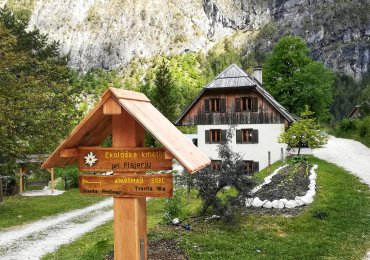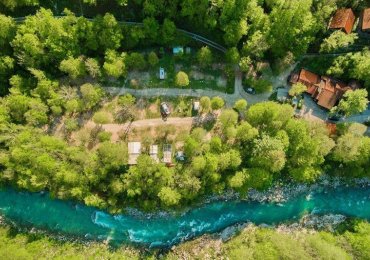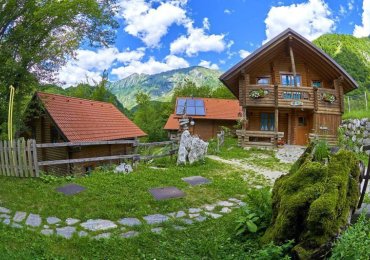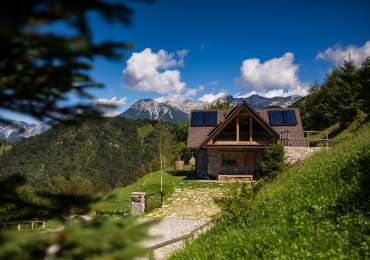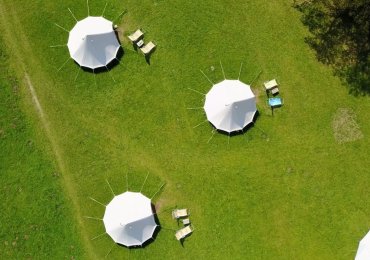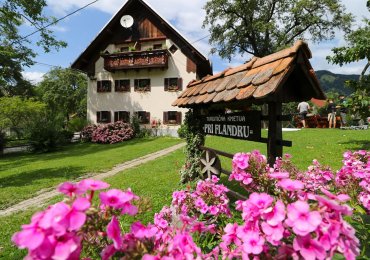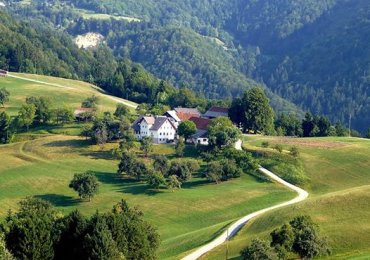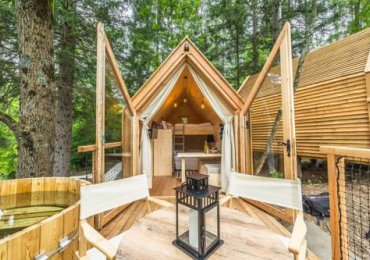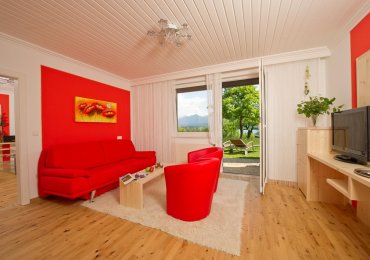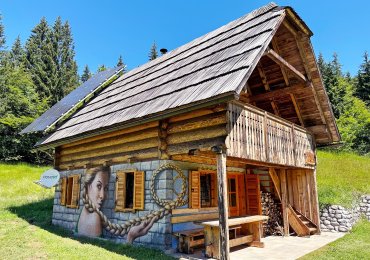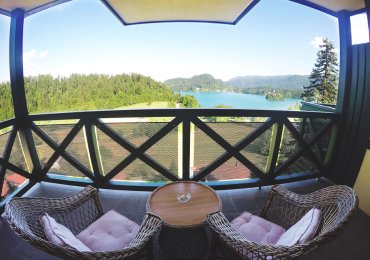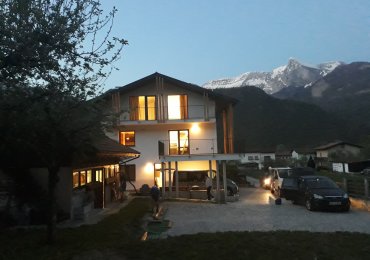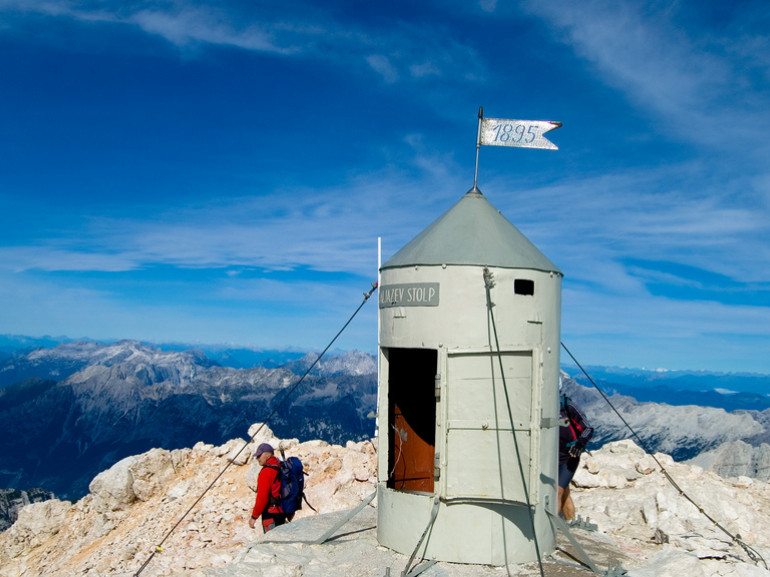
1. What to See in the Park
There is a natural park in the north of Slovenia, on the border with Italy and Austria, that pheraphs only a few people knows: it is the Triglav National Park, which includes the eastern part of the Julian Alps and takes its name from Mount Triglav, the highest in the region, with its 2864m high. The park is a place very rich in nature all to be explored, where biodiversity is protected and conserved!
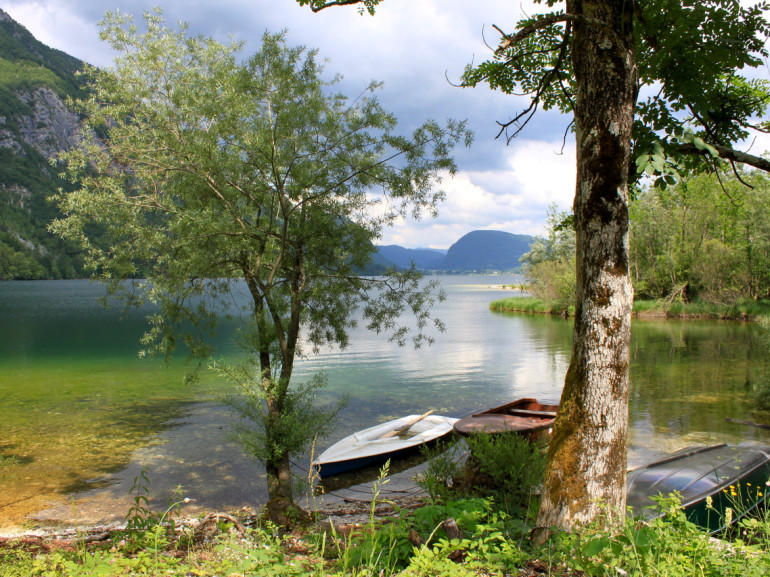
In the park, in addition to magnificent peaks, many of which exceed 2,000m, you will also find beautiful mountain lakes, including Lake Bohinj and Krn. Being a karst area, the water flows almost everywhere in streams and rivers, forming beautiful waterfalls, such as those of Savica and Peričnik, and creating mysterious gorges, like the one created by the river Radovna, called Blejski Vintgar.
2. Nature, sport and green itineraries
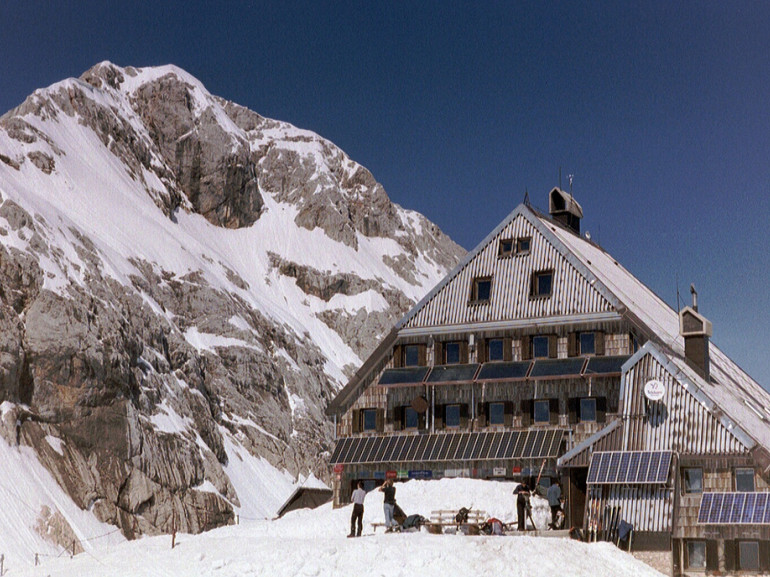
The park is crossed by many walking routes. Surely if you are good hikers and lovers of the mountain, Mount Triglav is worth a visit.
Highly attractive natural trails are also the Triglavska Bistrica path in the Vrata valley, to admire one of the most beautiful valleys of the Alps and the Soška Pot path, going from the source of Isonzo River, along Trenta valley, to the border of the park at Kršovec. To find out more about the park you can choose to walk the the Pokljuka trail, through forests, green pastures and historical evidence, or to be accompanied by park guides along other paths!

In the park you can also practice water sports, especially Bohinj lake, the largest in Slovenia, as well as rafting and canyoning along the rivers.
During the winter, when snow covers the peaks with his white coat, the park attracts many skiers: in addition to many sky resorts, there are many hiking trails to follow with snowshoes.
3. The park and surroundings
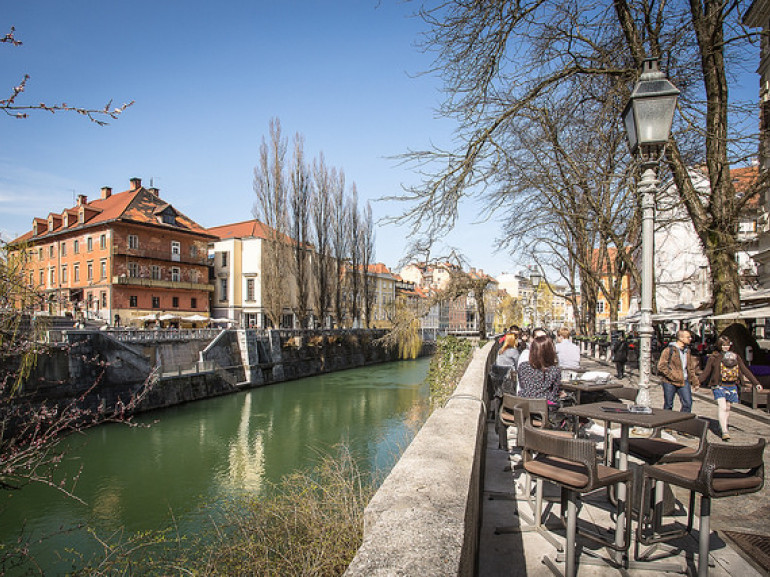 Ljubljana - Marco Taddeo via Flickr
Ljubljana - Marco Taddeo via FlickrThe Triglav National Park is located in the northwestern part of Slovenia, but it can be easily reached by public transport from the city of Ljubljana, in the south, in the heart of Slovenia.
Ljubljana is the capital of Slovenia and is situated along the banks of the Ljubljanica river. Its charming old city center is characterized by an architecture reminding the Austrian one: churches and buildings have pointed roofs.
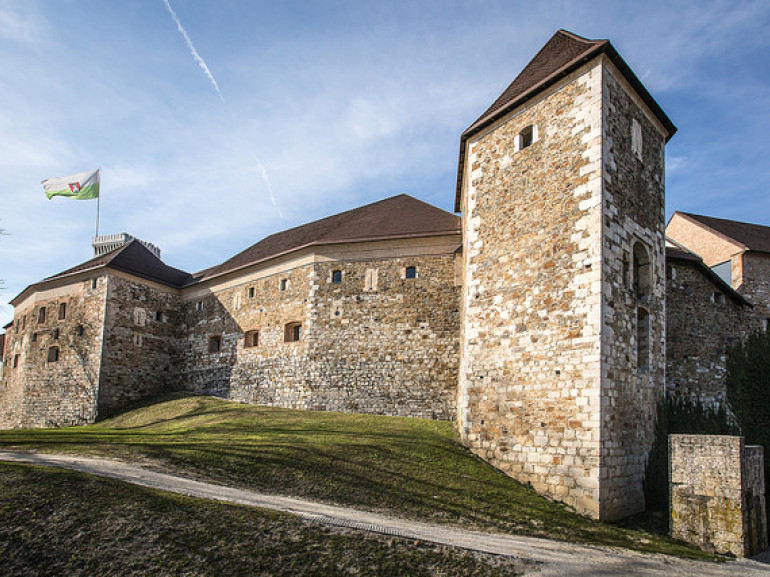
The city is overlooked by an ancient castle, dating back to the XII century. Still well visible are the walls. Also worth a visit is the Baroque Cathedral of St. Nicholas, with its two towers and its green dome, and the Church of San Pietro.
4. Local products and flavors
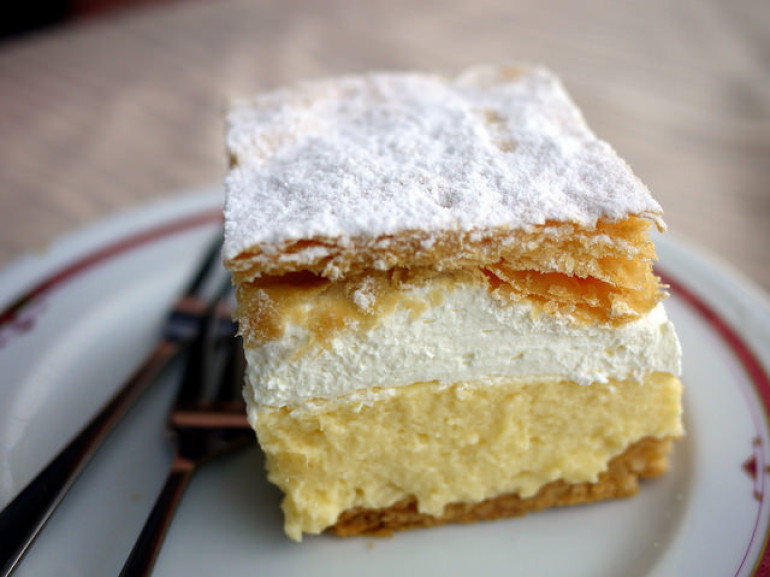
Do not forget to try the local cuisine! The ingredients are simple and natural, grown in this land. Try zlikrofi, ravioli stuffed with potatoes and bacon or delicious dishes made with fish, such as brodet a typical soup. Plates made with meat and game are also excellent, as well as the prut, Karst prosciutto scenting of juniper.
Typical of the region are also the many brandies, made from plums, cherries or juniper. And for lovers of sweets, not to be missed is the potica, a soft cake filled with ricotta and nuts.
5. Where to sleep
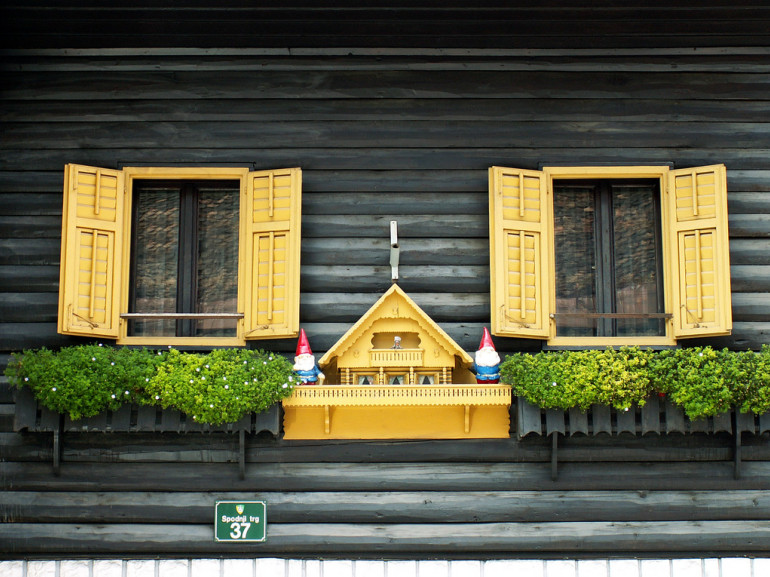
During your visit to the Park of the Triglav, you will find comfortable eco-friendly solutions for a pleasant stay. Camping in the woods, hotels scenting of wood, farm where you can taste local products and small apartments: the choice is really very wide!
Discover all eco-friendly accommodations of Triglav and surroundings
Author: Anita Cason
Cover Image: Mount Triglav and Vrata Valley - chripell via Flickr

